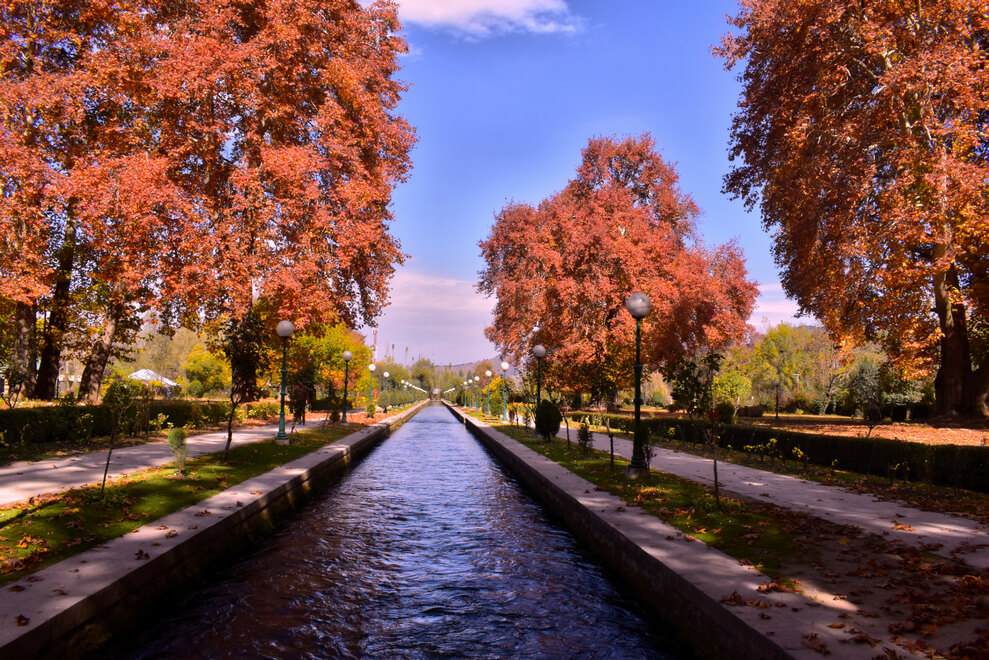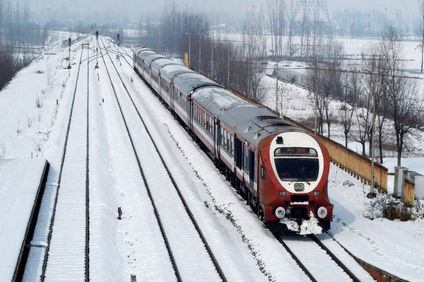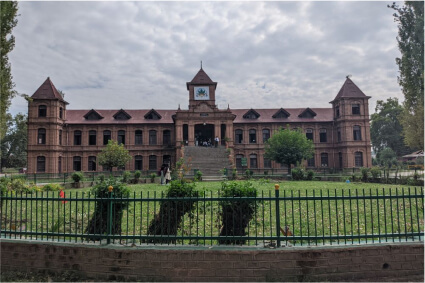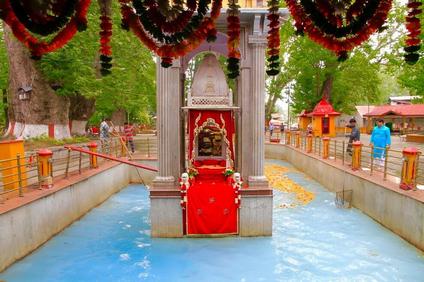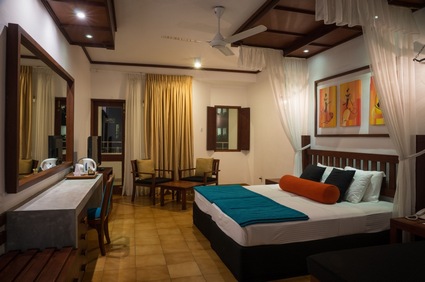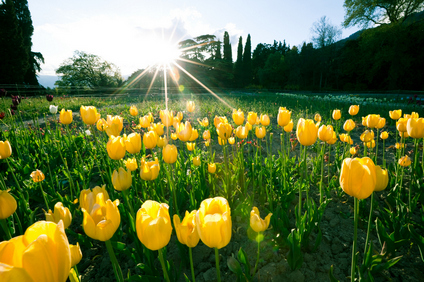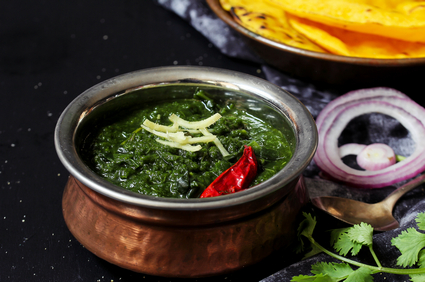Best Religious Places to Visit in Anantnag
Here is a list of top religious places in Anantnag to visit on your next trip to Kashmir.
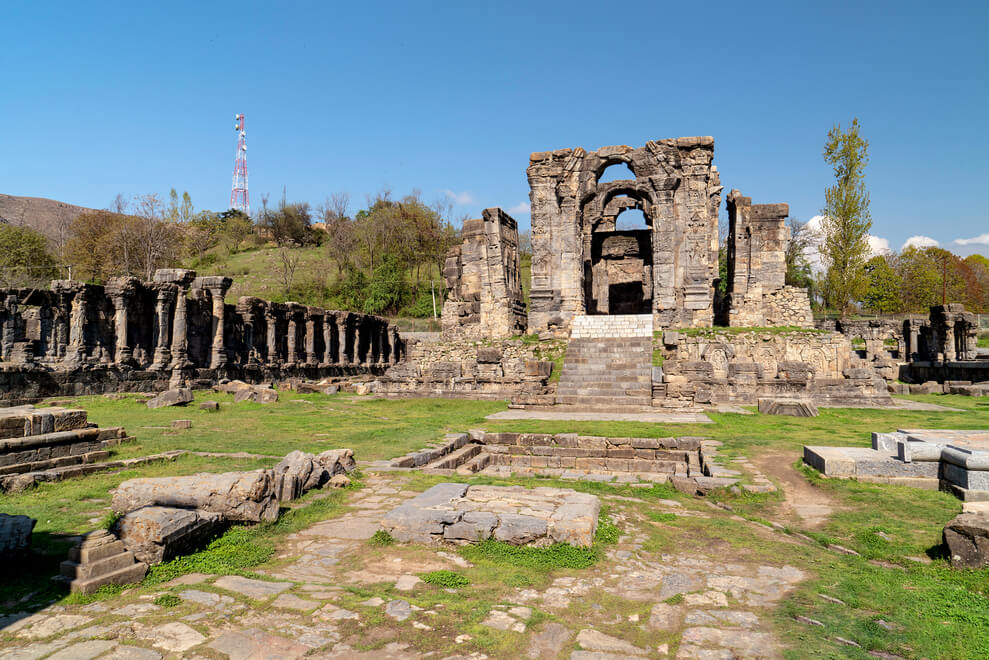
Location: Mattan, Anantnag.
How to get there: The temple is accessible by road. You can hire a taxi or take local transport to reach the site.
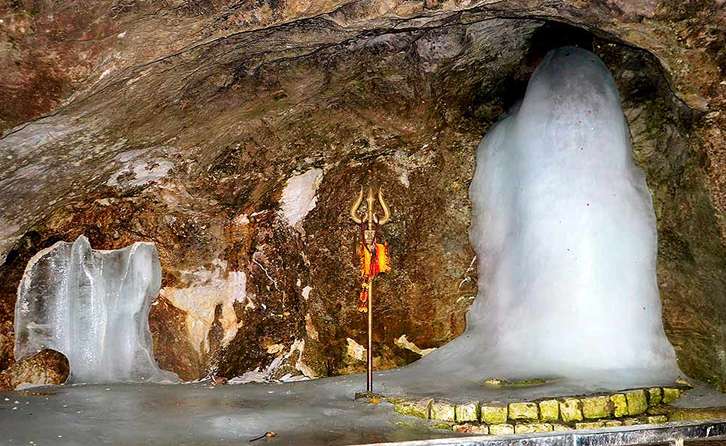
Location: Pahalgam, Anantnag.
How to get there: The temple can be reached by trekking from Pahalgam or Baltal, with arrangements for helicopter services also available during the pilgrimage season.
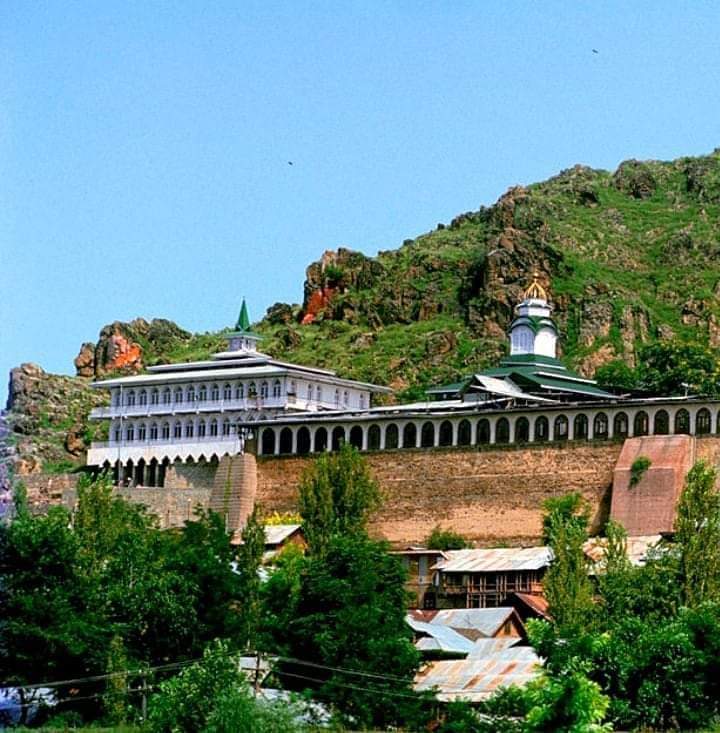
Location: Anantnag town.
How to get there: The mosque is easily accessible within the town by local transport or on foot.
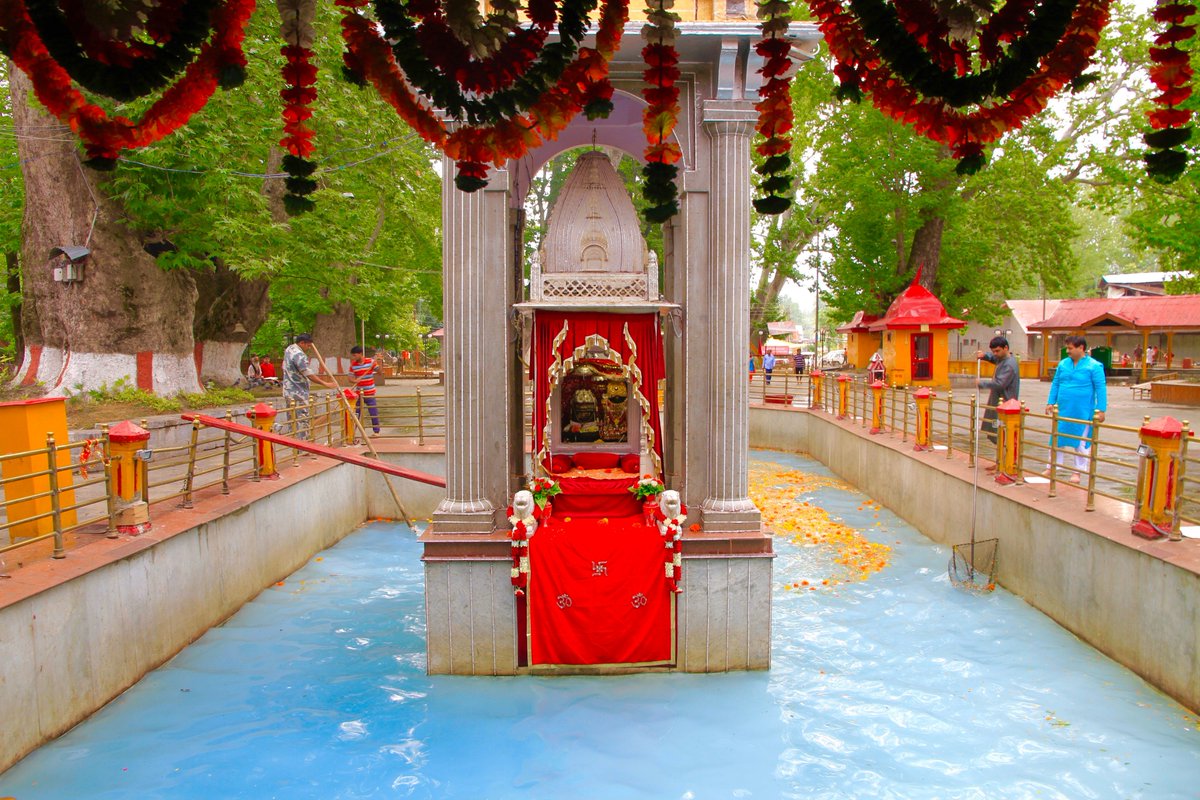
Location: Anantnag town.
How to get there: The temple is accessible by road, with local transport and taxis available.
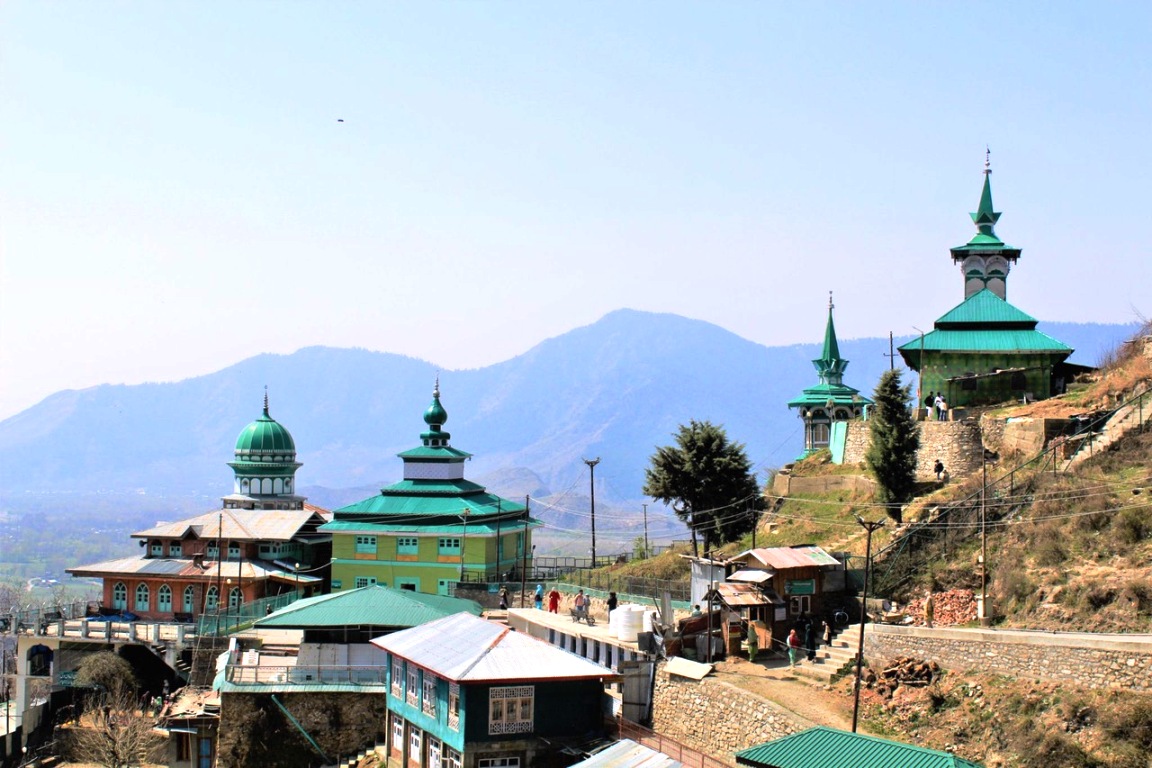
Location: Aishmuqam, Anantnag.
How to get there: You can reach the shrine by hiring a taxi or using local transport.
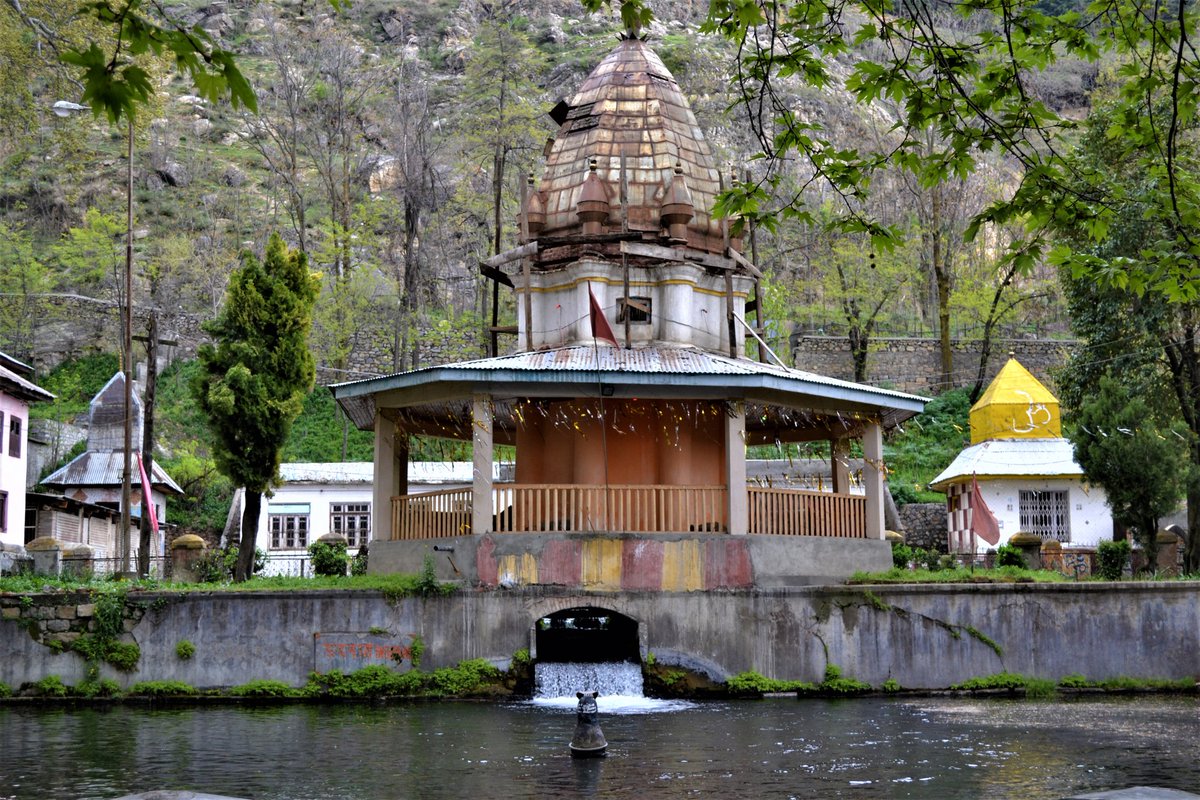
Location: Achabal, Anantnag.
How to get there: The shrine is accessible by road, with local transport options available.

Location: Pahalgam, Anantnag.
How to get there: The temple is easily accessible by road. Visitors can hire a taxi or take local transport from Anantnag or Pahalgam to reach the site.
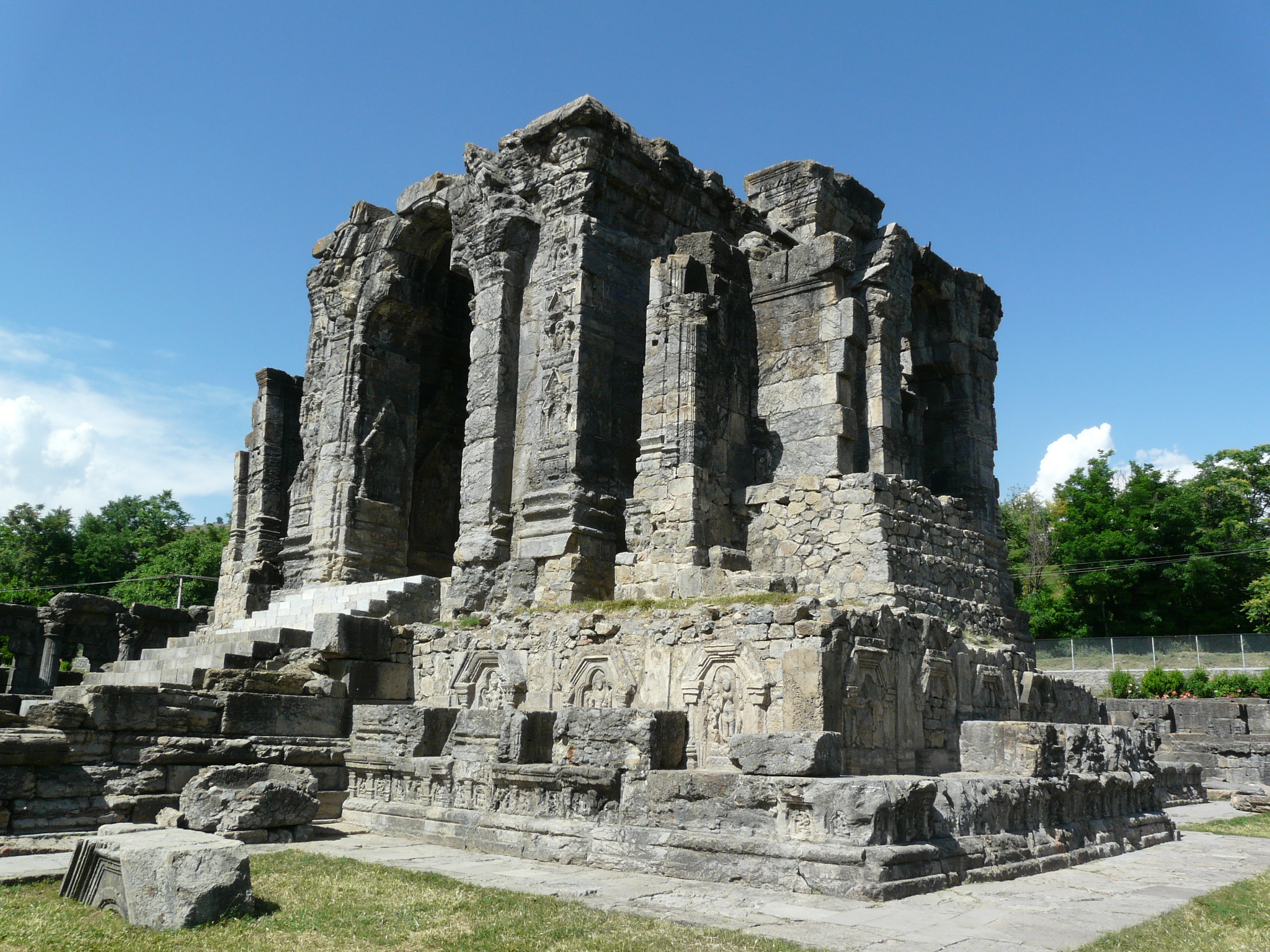
Location: Mattan, Anantnag.
How to get there: The temple is accessible by road. Visitors can hire a taxi or take local transport from Anantnag to reach the site.
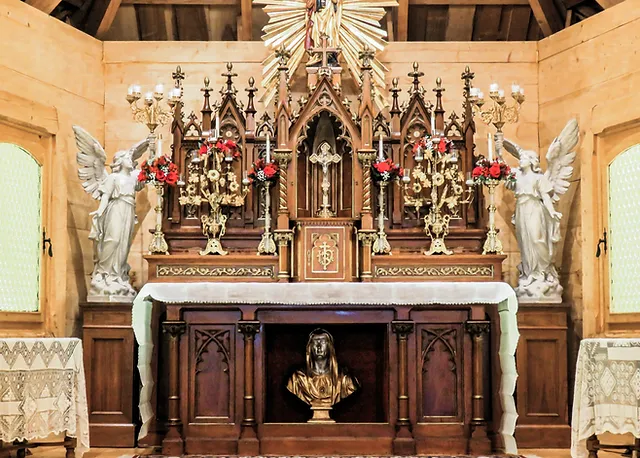
Location: Anantnag.
How to get there: The chapel is accessible by road. Visitors can hire a taxi or take local transport from the town center to reach the site.
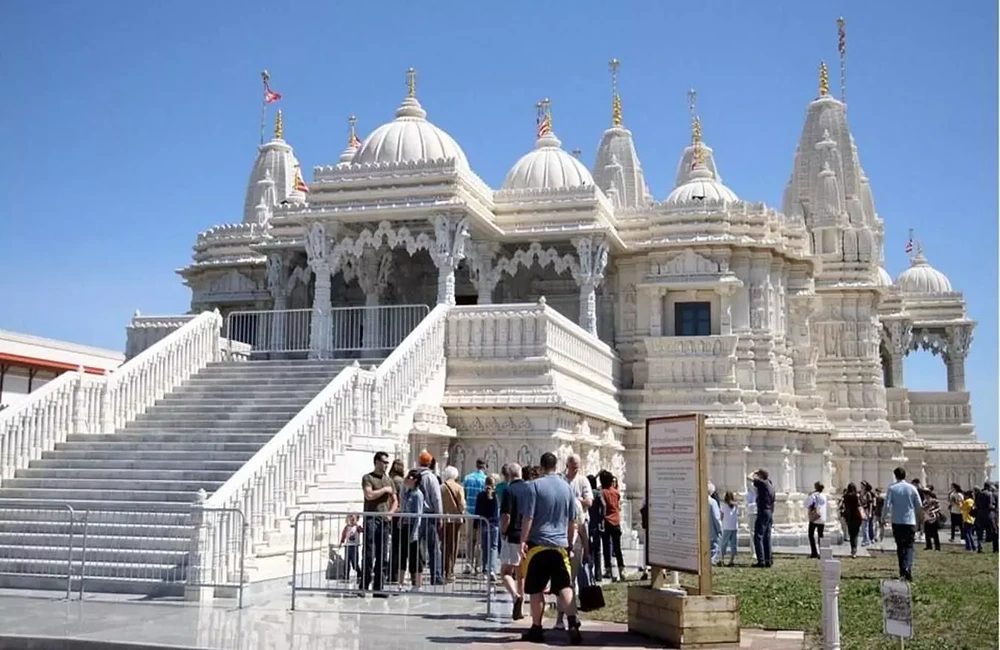
Location: Pahalgam, Anantnag.
How to get there: The temple is easily accessible by road. Visitors can hire a taxi or take local transport from Anantnag or Pahalgam to reach the site.


